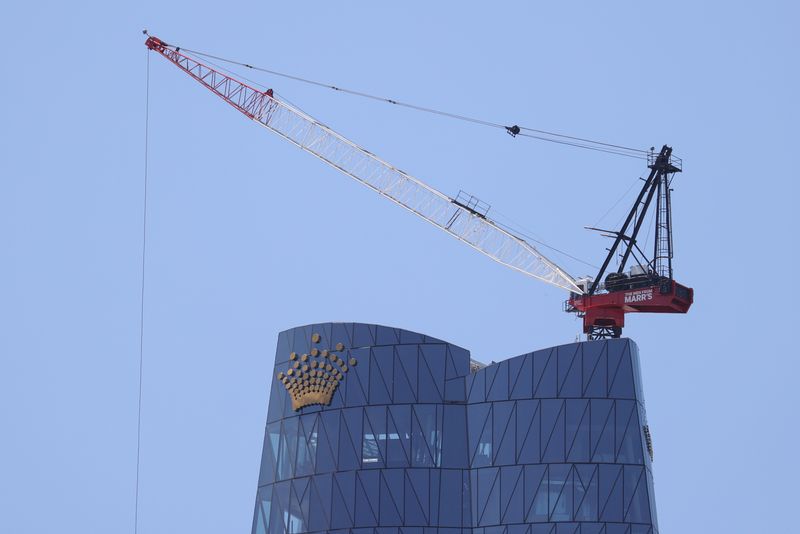(Reuters) - Blackstone-owned Crown Resorts has cleared CEO Ciaran Carruthers after investigating an allegation that he had overruled the Australian casino operator's security officers over banning intoxicated customers.
Crown Resorts had begun an internal probe into Carruthers in December 2023, when it was claimed that he allowed patrons back into the Melbourne casino after they were removed by security.
"The recent investigation by independent, external counsel initiated by the Crown Resorts Board is now complete and found that no regulations or laws were breached by the Crown Resorts CEO with respect to the complaint filed," said William McBeath, chairman of the casino owner.
The Victorian Gambling and Casino Control Commission (VGCCC), which had also begun its own probe, said it was satisfied with Crown's handling of the complaints and will be closely monitoring the implementations of recommendations.
Crown Resorts did not publicly disclose the recommendations.
The Australian Financial Review was the first to report the probe in December.
Carruthers had joined Crown in 2022 after decades at some of the biggest casinos in the world including Wynn Macau (OTC:WYNMF).
He was hired after private equity giant Blackstone (NYSE:BX)'s $6.3-billion takeover of the firm, which was once owned by the billionaire Packer family.
The commission is also due to decide whether the firm's Melbourne casino is fit to regain its Victorian license in April.
The VGCCC had in May, 2023 set out strict conditions for Crown's Melbourne casino after granting it a special licence.

"The Commission’s assessment of Crown Melbourne Limited’s suitability to hold the Melbourne Casino Licence is ongoing and will be finalised by mid-April," the commission said late Thursday.
Crown has faced years of regulatory challenges, including a royal commission in Victoria around money-laundering charges, and since 2021 replaced most of its leadership in a bid to show the authorities it had rebuilt its governance systems. (This story has been refiled to remove an extraneous word in paragraph 1)